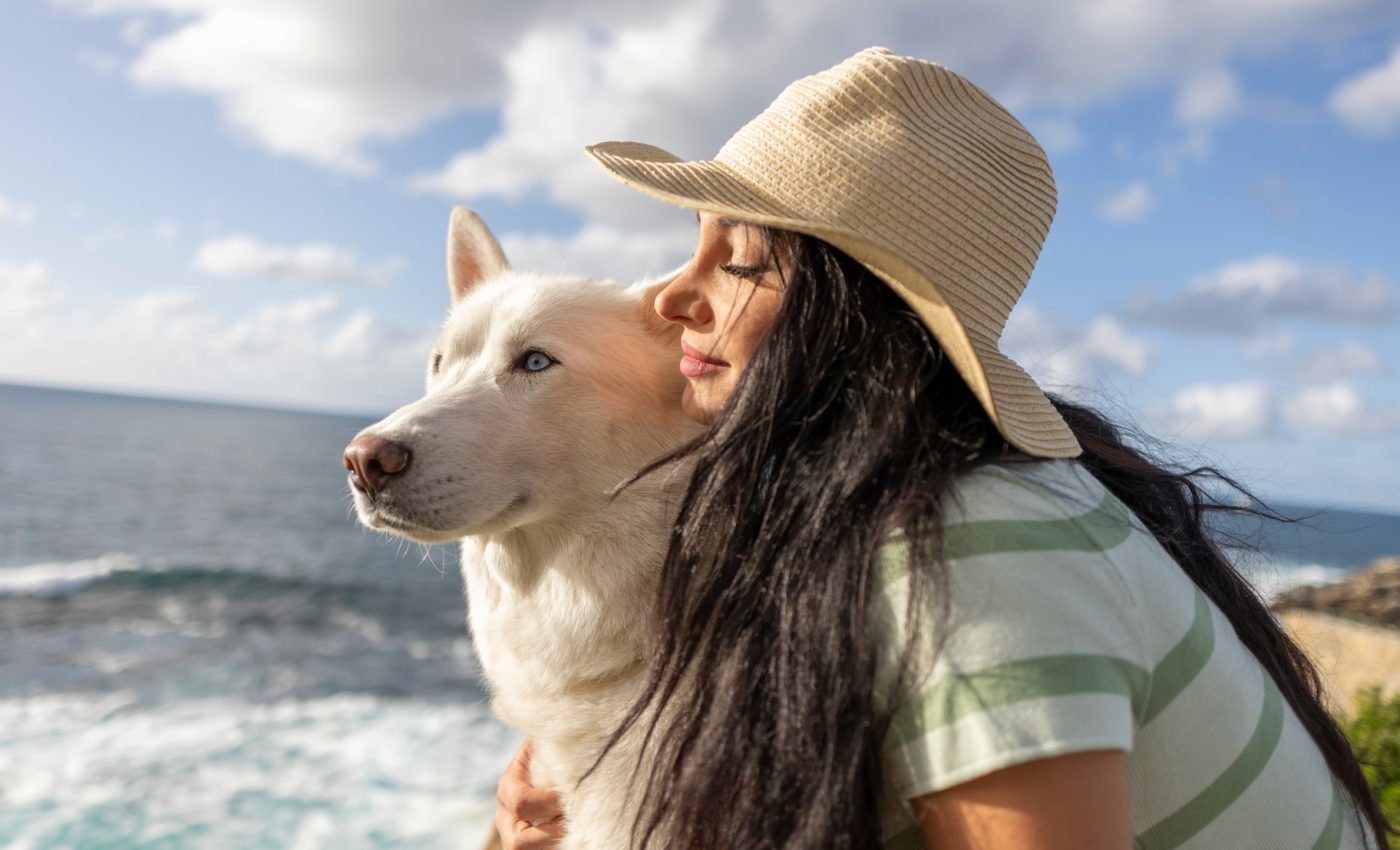
Humans and dogs have migrated together for at least 10,000 years
A new study of ancient dog DNA shows that people and dogs traveled together across Eurasia for at least 10,000 years. The core finding is simple but sweeping – dogs and humans often moved as a pair.
The scale is large and concrete. The researchers analyzed dozens of ancient dogs to track where lineages shifted as human cultures changed across Siberia, East Asia, and the Eurasian grasslands.
The history of dog domestication
The study was led by Laurent Frantz, a paleogeneticist at Ludwig Maximilian University of Munich and Queen Mary University of London (QMU). His research focuses on how animal domestication and movement are recorded in ancient DNA.
The field is paleogenomics, the study of ancient DNA to reconstruct history. It lets scientists compare genetic patterns in people and animals through time.
By 11,000 years ago, dogs had already split into several major lineages. This was confirmed by an ancient DNA analysis that mapped early dog diversity long before farming began. Those early branches shaped many of today’s dogs.
Human movements across the Eastern Steppe came in waves over the last 6,000 years, and those shifts reshaped local cultures and diets, according to research that tracked ancient genomes from Mongolia and neighbors. Dog histories often mirror these human patterns.
How ancient dog DNA fills gaps
Ancient DNA comes from bones and teeth recovered at archaeological sites. Scientists extract fragments, build libraries, and compare them to modern and ancient genomes to test relatedness.
The experts sequenced 17 ancient dogs from Siberia, East Asia, and the Central Asian Steppe. They also compared those results with publicly available genomes from 57 ancient and 160 modern dogs.
A genome can reveal ancestry, adaptation, and movement. When clusters of dog genomes shift in lockstep with human genomes from the same sites, it points to shared journeys.
This approach is careful about errors. Researchers evaluate damage patterns, replicate key calls, and use multiple computational tests to guard against contamination.
Linking human and dog genetics
Across time and geography, dog ancestry changes matched human population turnover in the same regions. These parallels were especially strong when new ways of making a living spread.
During the Early Bronze Age in what is now Western China, metalworking arrived with people from the steppe. Their dogs arrived too, and their DNA appears alongside the newcomers.
The oldest signals of joint movement stretch back at least 11,000 years in northern Eurasia. In some Arctic communities, people also exchanged dogs with neighbors rather than always adopting local animals.
“This tight link between human and dog genetics shows that dogs were an integral part of society, whether you were a hunter-gatherer in the Arctic Circle 10,000 years ago or a metalworker in an early Chinese city,” said Professor Frantz.
Work shaped where dogs went
In the far north, there is strong evidence that ancient sled dogs already formed a distinct lineage about 9,500 years ago. Those durable working dogs share deep ancestry with modern breeds like the Greenland sled dog.
Arctic dogs were not just passengers. Their bodies and behavior fit the cold, and their genetics show endurance adaptations that match their jobs on ice and snow.
Some communities traded dogs across long distances when specific skills mattered. One study found complex ancestry patterns in Siberian dogs that reflect repeated contacts and selective breeding.
This trading helps explain occasional mismatches between human and dog ancestry. People sometimes kept their own dogs, and sometimes they acquired animals from partners with sought after traits.
A mosaic of dog ancestry
The study’s signal is codispersal, animals and people moving together across regions. It does not claim that every migration included dogs, it shows a repeated pattern over many centuries.
Lineages rarely replace each other in a tidy way. They mix, split, and reappear, creating a layered record that matches how cultures borrow tools and ideas.
Dogs often carry local adaptations that matter in daily life. Arctic pulling, steppe herding, and village guarding each rewarded different traits that communities protected.
When cultures change, dog genomes change too. That is why big shifts in pottery, metals, and settlement sometimes align with sharp turns in dog ancestry.
What this changes about prehistory
The idea that people always adopt local dogs is too simple. Many groups valued their own animals enough to bring them along, even when moving far.
Sample ages in this project range from about 9,700 to 870 years old. Several of the new genomes come from China, which fills a long standing gap in the record.
These results help test long-debated ideas about where dogs came from and how many times they were domesticated.
Earlier work suggested complex origins, and the new data show how later movements preserved and mixed those branches.
The next steps are clear. More samples from underrepresented regions and time periods will tighten the timeline and connect specific dogs to specific jobs.
Future research on dog genetics
Dogs are uniquely embedded in human worlds. That is why their DNA is so sensitive to changes in how people live.
Future work will likely tie dog genomes to specific artifacts and tasks more often. Combining stable isotopes, tool marks, and genetics will connect behavior to ancestry.
We should also expect more from regions that have been hard to sample. Warmer climates and long site histories make preservation difficult, but improved methods are opening doors.
These lines of evidence will help explain how people chose, trained, and traded dogs over millennia. They will also clarify why some lineages thrived while others faded.
The study is published in the journal Science.
—–
Like what you read? Subscribe to our newsletter for engaging articles, exclusive content, and the latest updates.
Check us out on EarthSnap, a free app brought to you by Eric Ralls and Earth.com.
—–













